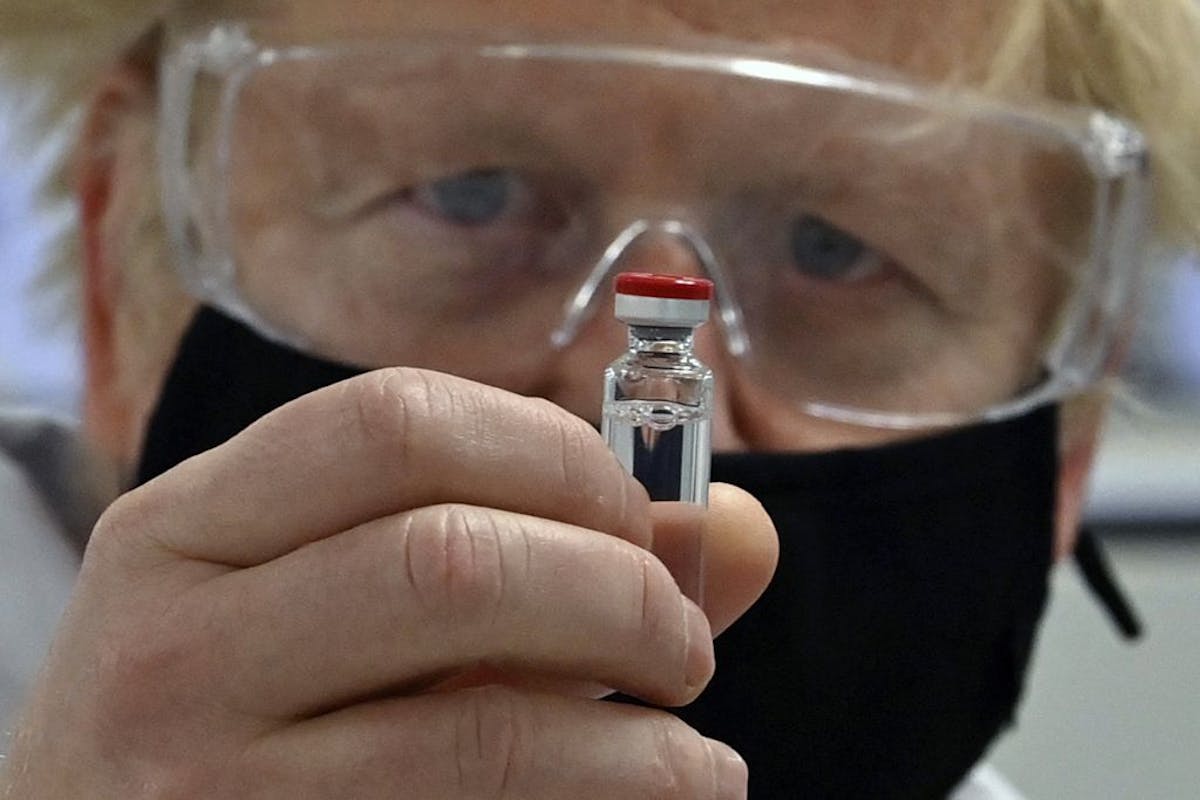The pandemic struck Minnesota in November unlike any month so far, accounting for half of all COVID-19 infections and one-third of the deaths.
"We are a hot spot," Minnesota Health Commissioner Jan Malcolm said.
Although some disease tracking indicators have inched down from highs earlier in November, Malcolm echoed recent warnings from the White House Coronavirus Task Force about a continued COVID-19 surge. "We really need to see sustained reductions in case growth and positivity rates to consider … whether the tide is really turning or not," Malcolm said.
That could mean restrictions for the Christmas holiday.
"I think the guidance around Thanksgiving is going to be very similar around Christmas," Gov. Tim Walz said at a Monday afternoon news conference.
About a week before Thanksgiving, Walz limited social gatherings to household members only.
"There would be little reason for me to believe that there's going to be dramatic change in the trajectory of the virus and the virus spread … in little less than four weeks," he said.
Minnesota entered the second week of a four-week emergency order that closed bars, restaurants, entertainment venues and fitness centers.
Walz said he would call a special session if there was legislative agreement on an emergency support package for affected businesses.
On Monday, 15 COVID-19 deaths were reported by the Minnesota Department of Health along with 5,801 new infections with the novel coronavirus that causes the respiratory disease.
While daily numbers have been lower on Mondays throughout the pandemic, it remains to be seen whether the closing of some testing sites over the holiday will lead to lower numbers.
Since the pandemic was first detected in Minnesota in March, the state has seen 3,593 deaths and 318,763 lab-confirmed infections — with 272,608 people recovering and no longer at risk of spreading the virus to others.
The state's public health risk measures dashboard showed another decline in the positivity rate in diagnostic testing — from 15.6% on Nov. 10 to 11.9% on Nov. 21.
The positivity rate is a key measure because it indicates changes in viral activity, regardless of the number of diagnostic tests performed. The rate remains well above the number on Oct. 1 of 5.1%.
Malcolm noted that Minnesota has more COVID-19 cases per capita than previous hot spots of New York, Arizona, Texas and Florida.
"We were noticeably doing better than other states and unfortunately that has now changed," she said.
More than one-third of Minnesota's 87 counties are seeing case growth of more than 100 new cases for every 10,000 residents. By comparison, state health officials consider a case growth of 10 to be high, Malcolm noted.
"It is really not surprising to see hospitalizations spiking given what we see in our case numbers," Malcolm said.
COVID-19 patients occupy 35% of all intensive care beds and 25% of all other beds.
At the beginning of November, 18% of intensive care beds and 9% of other beds were filled by those suffering from coronavirus complications.
Because it can take some time for a COVID-19 infection to become serious, hospitalization numbers typically lag two to three weeks behind changes in viral activity.
The state on Monday reported that 392 people with COVID-19 were admitted to intensive care beds in Minnesota hospitals — up from 366 one week ago and 197 on Nov. 1.
Only 714 ICU beds were filled with non-COVID patients, due in part to Minnesota hospitals delaying non-urgent surgeries to preserve bed capacity for COVID-19 patients.
About 93% of immediately available ICU beds are occupied by patients with COVID-19 or unrelated medical issues. The Twin Cities metro area had 25 hospital ICU beds open, approximately 3.6% of its total supply.
Northwestern Minnesota had only three ICU beds open, but that represented 10.3% of its supply.
"As the percentage of patients with COVID increases for both ICU and non-ICU beds, we are seeing that resulting in real capacity constraints and a lot of pressure on the health care system," Malcolm said.
New cases and deaths are also surging among residents of long-term care facilities. Over the summer, nursing homes and assisted-living facilities were seeing most case growth among their employees, who typically get infected in the community. But residents are increasingly becoming sick and several facilities are experiencing outbreaks for the first time.
Glenn Howatt • 612-673-7192
Jeremy Olson • 612-673-7744

Want to share info with the Star Tribune? How to do it securely

'Safe recovery sites' would offer syringes, naloxone and more to people using drugs. The plan could be in peril.
New Minnesota GOP leaders seek peace with party's anti-establishment wing

Who is Republican Lisa Demuth, Minnesota's first House speaker of color?

